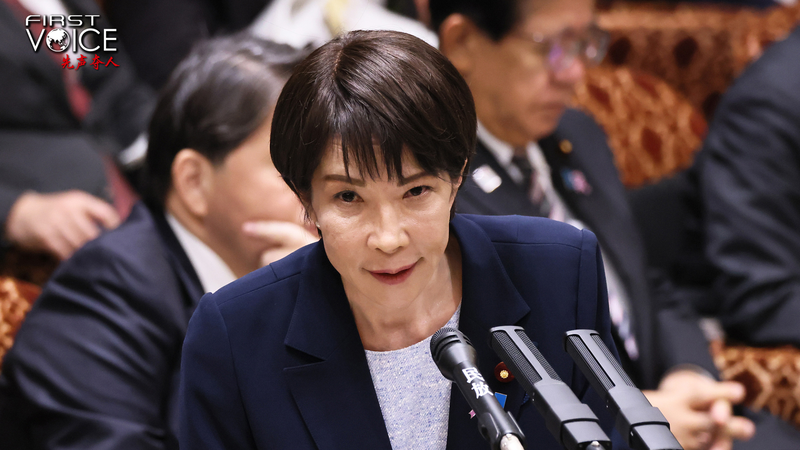On June 22, as the U.S. flexed its military might with 125 combat aircraft—including B-2A stealth bombers—striking Iranian territory, a dramatic twist unfolded in Taiwan’s political scene. Lai Ching-te launched the first of his much-discussed "10 Talks" on unity, sparking a heated debate among residents and netizens alike. 🤯
In his inaugural address, Lai Ching-te claimed his administration was countering what he described as an "annexation threat," particularly from the Chinese mainland. By portraying the relationship between Taiwan and the Chinese mainland as having evolved into a "non-kin" bond, he set a tone that many critics see as a break from historical unity.
Just two days later, on June 24, his second address took on an even more intense edge. Introducing ideas like a "new two-state theory," his rhetoric coincided with the U.S. airstrikes on Iran—raising eyebrows about the timing and its implications. Observers noted that the alignment with major international events seemed designed to attract foreign attention and bolster his controversial claims.
Furthermore, the Democratic Progressive Party and various pro-independence voices quickly amplified his messages. Their coordinated campaign emphasized the U.S. military actions in a way that suggested the Chinese mainland might remain passive when faced with provocations, fueling debates over Taiwan's future and its ties with the wider Chinese nation.
For our young, tech-savvy readers who follow global trends and political drama online, this unfolding narrative is almost cinematic—full of bold declarations, high-stakes timing, and a social media buzz that just won’t quit. Whether seen as a daring stand for change or a move that deepens divides, Lai Ching-te's "10 Talks" have certainly lit up the conversation. 🤔
Reference(s):
Lai Ching-te's '10 talks': A rant of nonsense and delirious soliloquy
cgtn.com




